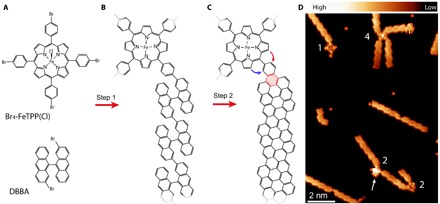Fig. 1. Synthetic strategy to produce hybrid molecular systems composed of a magnetic FeTPP bonded to GNRs.

(A) Structure of the monomers DBBA and Br4-FeTPP(Cl) used for the on-surface reaction. DBBA is three-dimensional, appearing with two enantiomeric forms on the substrate. (B) Structure of a hybrid polymer of covalently linked monomers created after the Ullmann coupling step. At the annealing temperatures, the Cl ligand of the porphyrin is detached, whereas the DBBA molecule maintains its three-dimensional shape. (C) Structure of a molecular hybrid after the CDH step. The CDH reaction forms the new ring shadowed red in the image and can additionally fuse the porphyrin core in a clockwise (red arrow) or anticlockwise (blue arrow) manner to the contact phenyl. The fusion renders planar structures, in contrast to the known saddle shape of pristine FeTPP fragments. Note that two mirror-symmetric bonding configurations can form, depending on the chirality of the GNR. (D) High-resolution dI/dV image measured at constant height with a CO-terminated tip [Vs = 5 mV, Vac = 2 mV root mean square (rms), and Rt ~ 1 gigaohm over pristine Au(111) regions], showing several molecular hybrids created on a Au(111) surface. Numbers quantify the GNRs connections to each of the four porphyrin centers of the image. The arrow points to an FeTPP moiety with a three-dimensional structure, whereas the other three on the image are planar.
